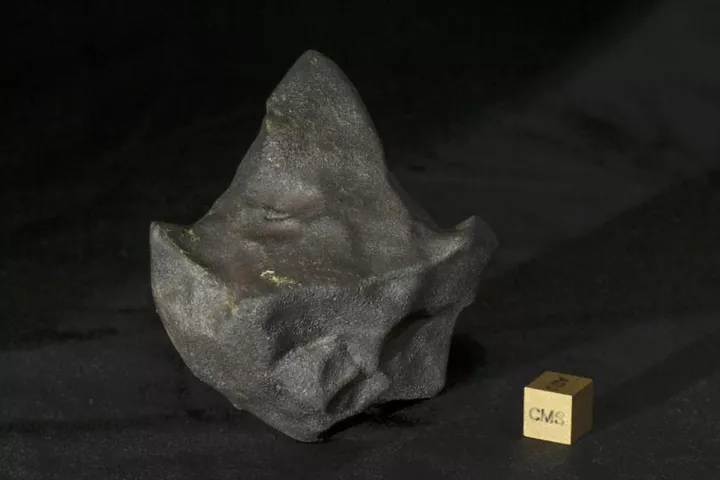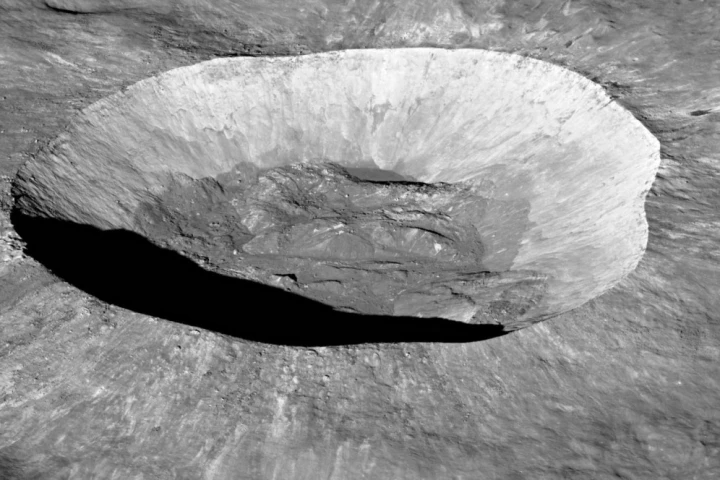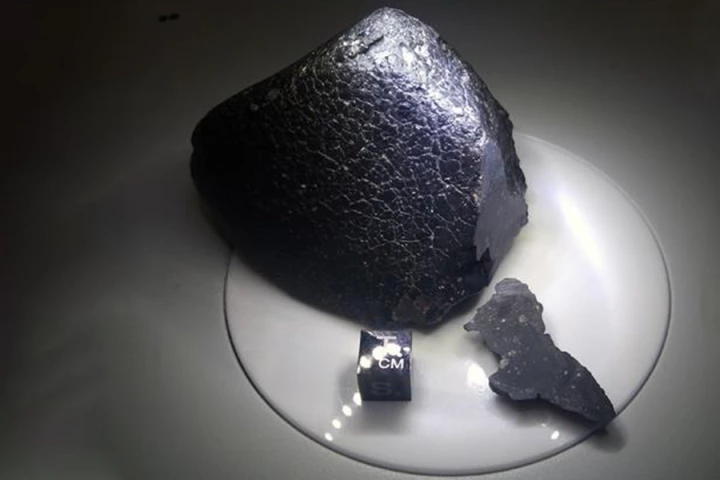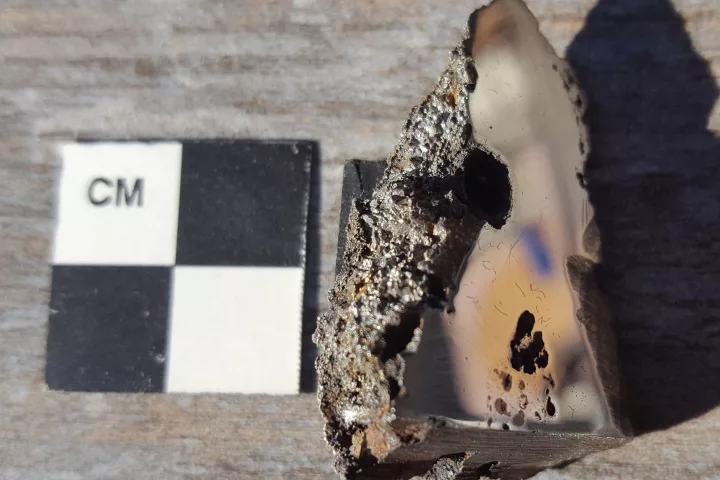Meteorite
-
One of the most studied space rocks of all time has surprised us again, with the "mudball meteorite" Aguas Zarcas having cruised around the solar system for two million years without as much as a scratch. It defies the "fragile" class it belongs to.
-
Scientists have discovered the world’s oldest known meteorite impact crater in Western Australia. It has been dated to about 3.5 billion years ago, at a time when these almost literally Earth-shattering events should have been occurring regularly.
-
Saturn’s rings are iconic, but new evidence presented by researchers from Monash University suggests Earth might once have sported one of its own. This ring would likely have caused climate chaos on the surface.
-
Many asteroids can be traced back to their parent body – the planet or moon they broke off from. But for the first time, scientists now claim to have traced the origins of an asteroid back to the specific crater it was birthed from.
-
Radioactive isotopes found in meteorites suggest a supernova went off right near the Sun as it was forming – but that should have blasted the young solar system away. So how did we survive? A new study proposes an explanation.
-
Researchers are asking meteorite hunters to refrain from using magnets to test the authenticity of their finds because this can destroy the specimen's magnetic memory, erasing valuable information about the nature of the solar system.
-
Meteor showers are beautiful astronomical phenomena, but they can be fickle. Now a Japanese company is planning to put on artificial shooting star shows on demand with the Sky Canvas project. And there might be some scientific benefits to it as well.
-
Meteorites often burn up in Earth’s atmosphere, but a fireball over Canada last year may shake up our understanding of the solar system. Scientists traced its origins back to a distant cloud of comets that wasn’t thought to host any rocky material.
-
Scientists have discovered at least two new minerals inside one of the largest meteorites ever found. The iron-based minerals have never been spotted in nature, and could hint at unknown geological processes and new material uses.
-
NASA’s InSight Mars lander has made two major new discoveries. By sensing seismic activity from the Red Planet, the craft has now detected a large meteorite impact, and found evidence of magma pools and volcanic activity still occurring today.
-
Rare earth elements are vital for electronics, but they’re in short supply. Now scientists have recreated a promising alternative – a “cosmic magnet” that normally takes millions of years to form in meteorites is cooked up in the lab in seconds.
-
Australian scientists have discovered strangely folded diamonds in rare meteorite samples. In investigating how they came to form, the team found evidence that they were forged in a cataclysm on an ancient dwarf planet.
Load More











